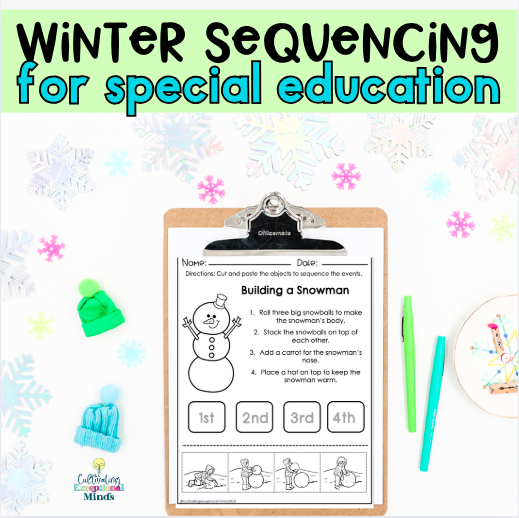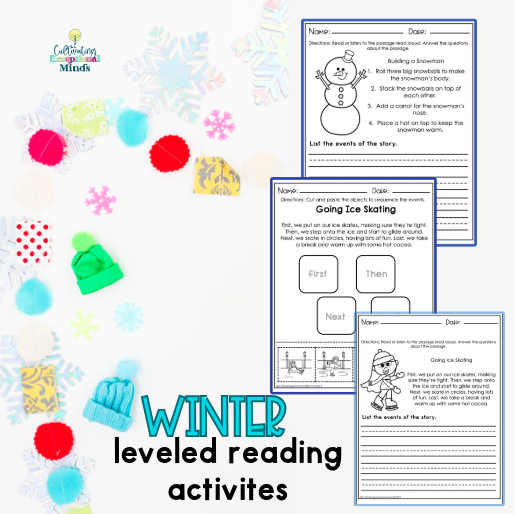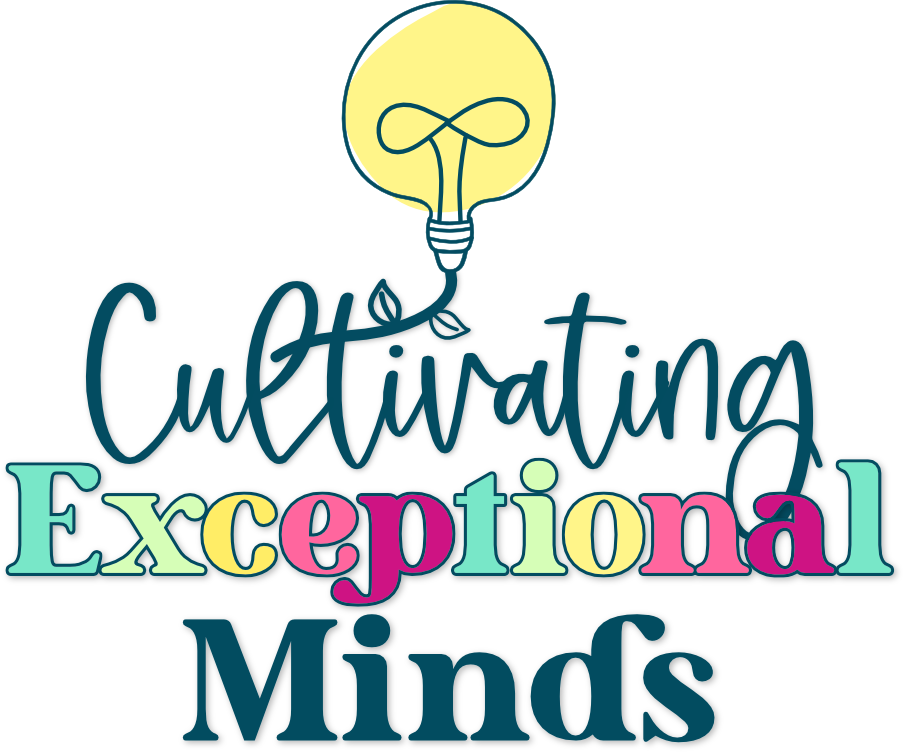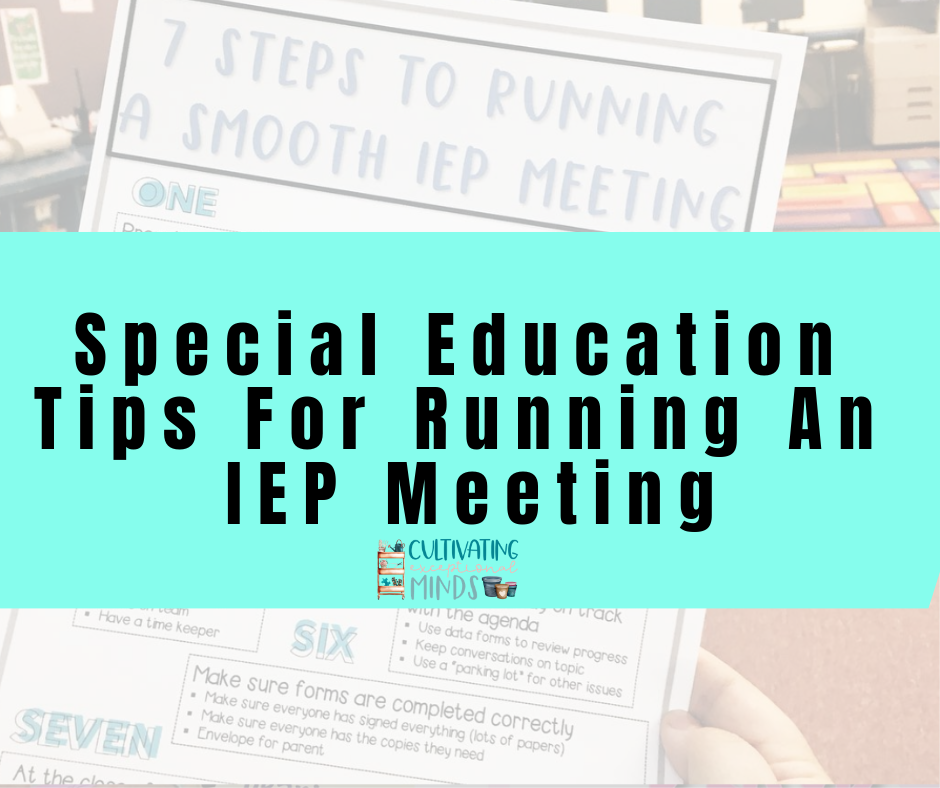Winter provides the perfect opportunity to integrate engaging and interactive reading activities into your special education classroom. By leveraging the seasonal theme, you can captivate your students while building essential literacy skills. One standout resource is the Sequencing Activities for Special Education, which focuses on helping students master sequencing skills in a fun, hands-on way. Moreover, let’s explore how you can incorporate this and other resources to create a winter-themed reading curriculum that fosters growth and keeps your students motivated.

Why Winter Reading Activities Matter
Engaging students in reading during the winter months can have a lasting impact on their literacy development. Additionally, here are some reasons why winter reading activities are essential for special education classrooms:
- Seasonal Engagement: Incorporating winter themes like snowmen, hot cocoa, and sledding connects learning to real-life experiences, making it more relatable and enjoyable.
- Skill Building: Activities focused on sequencing, comprehension, and vocabulary enhance students’ critical thinking and language skills.
- Hands-On Learning: Resources that include visuals, cut-and-paste activities, and interactive components cater to diverse learning needs.
- Structured Routine: Winter-themed activities provide consistency and structure, helping students stay focused and engaged.

Spotlight on Sequencing Activities
The Sequencing Activities for Special Education resource is a standout choice for teaching sequencing and comprehension. Here’s why it works so well:
- Visual Support: Each story comes with clear, picture-based steps that make it easy for students to understand the order of events.
- Hands-On Interaction: Students can cut and paste the steps in the correct sequence, reinforcing their understanding of story structure.
- Seasonal Themes: Stories like “Building a Snowman” and “Making Hot Cocoa” align with winter activities, keeping students engaged.
- Differentiation: The resource is adaptable for various skill levels, making it suitable for both individual and small-group instruction.
How to Use Sequencing Activities in Your Classroom
Here are some creative ways to incorporate sequencing activities into your winter reading curriculum:
- Morning Work: Use a story like “Making Hot Cocoa” to start the day with a calming, focused task.
- Small Groups: Break students into groups to work collaboratively on sequencing tasks, promoting communication and teamwork.
- Independent Practice: Assign activities like “Building a Snowman” as independent tasks to reinforce sequencing skills.
- Cross-Curricular Learning: Pair sequencing stories with related math or science activities, such as measuring ingredients for hot cocoa or exploring the states of matter with snow.
Winter Reading Resources
In addition to sequencing activities, here are other resources to enhance your winter reading lessons:
1. Symbols-Based Reading Passages
First, the Winter Packet with Symbols provides accessible reading passages with visual supports to aid comprehension. Pair these with sequencing activities to build vocabulary and fluency.
2. Adapted Books
Next, the Winter Match Adapted Book offers an interactive way to practice matching and vocabulary skills while reinforcing winter themes.
3. Color by Number Winter Worksheets
Finally, while primarily math-focused, the Color by Number Winter Worksheets provide an excellent opportunity to integrate reading instructions, such as identifying numbers and colors in the task descriptions.
Building a Winter-Themed Literacy Routine
Here’s how you can structure your day to include winter reading activities:
- Morning Meeting: Start with a read-aloud featuring a winter-themed story or adapted book to set the tone for the day.
- Literacy Centers: Rotate students through stations that include sequencing activities, symbols-based passages, and matching tasks.
- Independent Work: Assign hands-on activities like the “Shoveling Snow” sequencing task for self-paced practice.
- Group Discussion: End the day with a group activity, such as retelling a story using the sequencing steps or creating a collaborative narrative about a winter adventure.
Tips for Success
- Incorporate Visuals: Use images and picture supports to enhance understanding and engagement.
- Keep It Fun: Choose activities with themes your students love, like “Going Ice Skating” or “Decorating a Holiday Tree.”
- Celebrate Progress: Acknowledge students’ achievements with small rewards or displays of their completed work.
Final Thoughts
Winter reading activities like the Sequencing Activities for Special Education provide an engaging, effective way to build literacy skills in special education classrooms. By combining these with other resources, such as symbols-based reading passages and adapted books, you can create a comprehensive, fun-filled curriculum that supports all learners.
Finally, ready to transform your winter lessons? Explore these resources and watch your students thrive!









